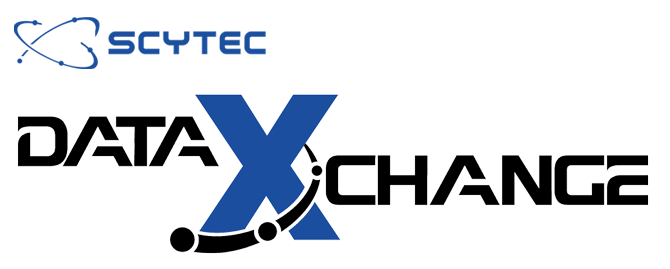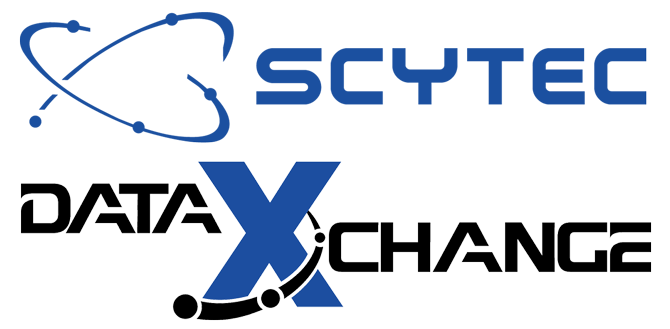The Long-Term Risks of Home-Grown Machine Monitoring Solutions
In the world of manufacturing, there have been leaps in technological advancements looking to improve processes and tackle industry-related and world problems. One of the most impactful technological advancements has been the emergence of machine monitoring systems such as Scytec DataXchange. These systems have been instrumental in optimizing production operations, maximizing efficiency, improving predictive maintenance, and more. Recently more and more services touting the machine monitoring buzzword as well as home-grown monitoring solutions have been utilized by manufacturers to further the Industry 4.0 movement.
The term “Machine Monitoring” sees a wide range of useful channels from exporting machine data to Google Sheets for review to full-fledged monitoring platforms that integrate with MES, ERP, and digital twin simulation systems that produce compelling visual depictions of what goes on in your shop floor. But what separates a modest machine monitoring solution from a full-fledged and vetted machine monitoring platform like Scytec DataXchange? Are there significant risks associated with the continual use of entry-level or home-grown machine monitoring systems that cannot be ignored by manufacturers? In the following commentary, we will discuss the adverse effects of the continual use of basic machine monitoring solutions.
Many manufacturers opt for entry-level or home-grown machine monitoring systems due to their perceived cost-effectiveness. However, these systems may not be able to fully optimize operations or keep up with the ever-evolving technological landscape. Here are some of the potential risks associated with the continual use of an entry-level or home-grown machine monitoring system.
Limited Functionality: Entry-level or home-grown machine monitoring systems may only provide basic data and analytics, limiting the manufacturer’s ability to identify and address production issues such as availability gaps for maximum OEE. This can lead to missed opportunities for optimization and reduced efficiency. Additionally, these systems may not be able to integrate with other manufacturing systems, further limiting their practicality for long-term use.
Security Vulnerabilities: Home-grown machine monitoring systems may be more vulnerable to security breaches than commercially available solutions. These systems may not have been designed with security in mind and may lack the necessary safeguards to protect against cyber threats. This can put sensitive data at risk and result in costly data breaches. On-premise diehards have had their concerns alleviated and are moving to secure Cloud solutions such as Amazon AWS and Microsoft Azure. Cloud computing has been around for long enough to earn its keep by ensuring the secured transmission of data and finding and eliminating potential security flaws. A benefit of DataXchange is that it also has offerings in GovCloud providing some of the highest level of security and being fully ITAR compliant.
Difficulty Scaling: As manufacturing operations grow and expand, an entry-level or home-grown machine monitoring system may struggle to keep up. These systems may not be scalable, leading to performance issues and delays in data processing. This can result in missed opportunities for optimization, reduced efficiency, missed deadlines, and slowed growth in taking on new clients for smaller low volume, high-mix jobs shops that can be crucial for withstanding lulls in the economy. Another scalability issue that comes from entry-level monitoring systems revolves around shop floors being able to grow with their collected data. While many simple machine monitoring systems may fulfill the current needs of manufacturers, it’s guaranteed those requirements will change in time. The machine monitoring system selected by manufacturers must offer expandability and flexibility in how end users evolve with the IoT world. Scytec DataXchange has been consistently adding updated features requested by clients for a product that is consistently evolving with the industry.
Lack of Support and Maintenance: Home-grown machine monitoring systems may lack the support and maintenance necessary to keep them running smoothly. Ask yourself, what happens when the champion and integrator of one of these platforms moves on to another company? The support side of these Industrial IOT implementations lives and dies by those who truly understand and create them. These entry-level systems may not receive regular updates or bug fixes, leading to performance issues and machine downtime.
High Long-Term Costs: While an entry-level or home-grown machine monitoring system may seem like a cost-effective solution in the short term, it may result in higher costs over the long term due to missed opportunities. These systems may require frequent bug fixes and maintenance, which are costly and time-consuming. Additionally, these systems may not provide the necessary functionality to fully optimize operations, resulting in missed opportunities for cost savings and increased efficiency due to less-than-optimal machine performance. That could mean fewer hours for actual time running in cycle from issues with maintenance due to a lack of notifications that are not found on entry-level machine monitoring platforms. Issues of product quality can be found in rudimentary machine monitoring platforms as there might be a lack of historical data concerning good and scrap part counts that can mean a lot of missed revenue for a high-volume low mix job shop.
In conclusion, it is essential to invest in a robust, commercially available machine monitoring solution to fully optimize operations and maximize efficiency. While entry-level or home-grown machine monitoring systems may seem like a cost-effective solution, the risks associated with their continual use cannot be ignored. Scytec highly recommends that manufacturers evaluate their current machine monitoring system and invest in a stouter platform like DataXchange that will optimally increase shop floor equipment utilization in the short term as well as hold its place a decade down the line.


